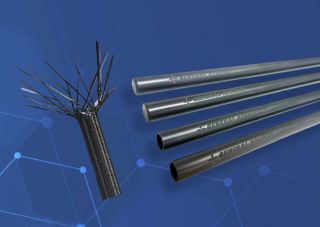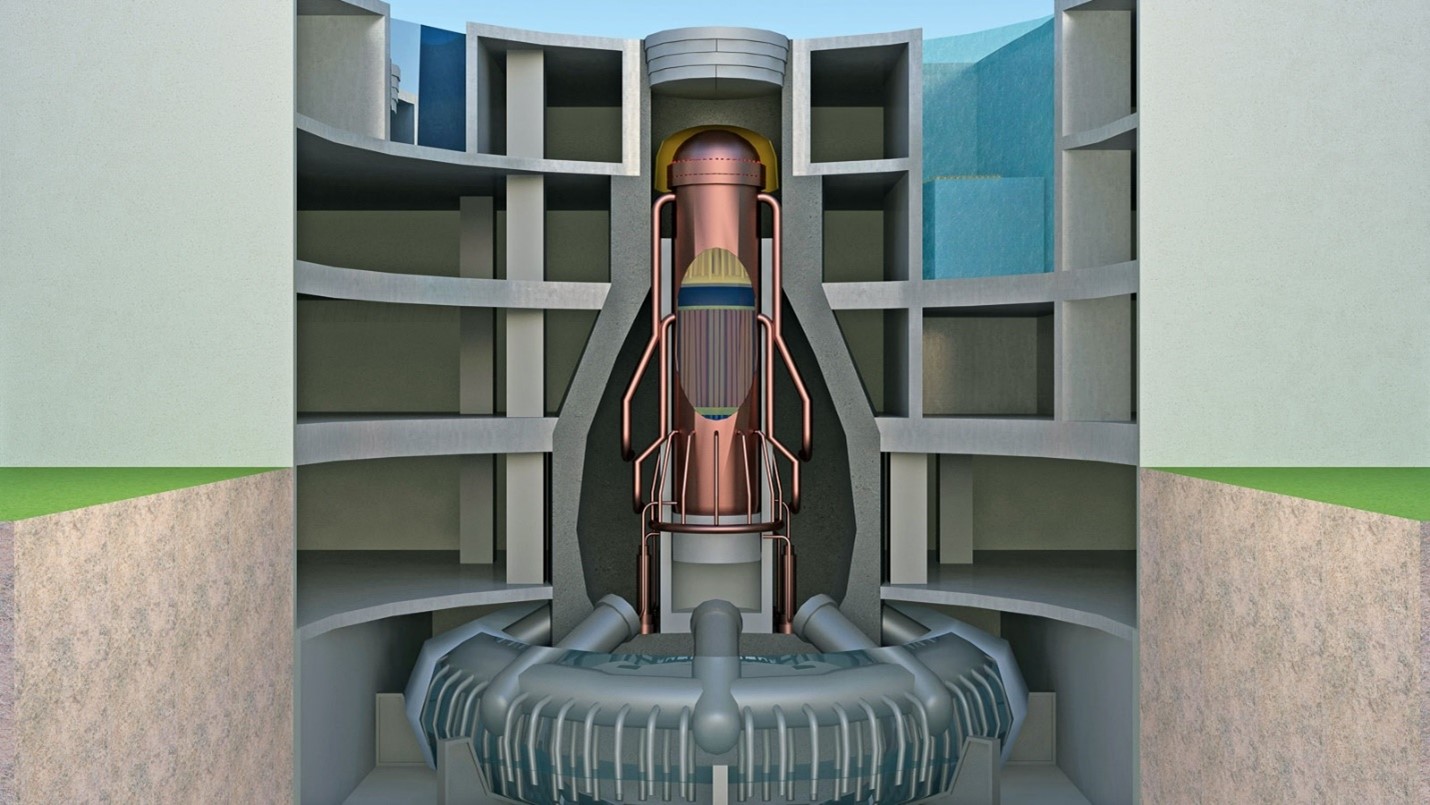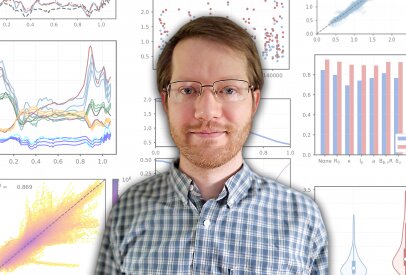A cutaway view of a nuclear reactor. Its construction consists of two essential material types: fuel, which comprises the rods and cores that hold the fuel (center vertical bands); and structural, those parts of the reactor that house the fuel materials. (Graphic: Shutterstock/petrov-k)
Researchers from the Department of Energy’s Argonne National Laboratory are developing a “tool kit” based on artificial intelligence that will help better determine the properties of materials used in building a nuclear reactor.
CORTEX aims to enable the early detection, localization, and characterization of anomalies in nuclear reactors while they are operating.
We often define noise as an unwanted disturbance, especially acoustic in nature. Neutron noise, by contrast, is a direct measure of the dynamics of a nuclear core. It can be used for core monitoring without disturbing plant operation and by using the existing core instrumentation. The European CORTEX project aims to develop an innovative core monitoring technique using neutron noise, while capitalizing on the latest developments in neutronic modeling, signal processing, and artificial intelligence.
The awards will fund research into artificial intelligence and machine learning approaches to developing fusion energy, as well as fundamental theory and simulation.
The Department of Energy announced on March 4 that it will provide $30 million for new research on fusion energy. The funding will provide $17 million for research focused specifically on artificial intelligence (AI) and machine learning (ML) approaches for the prediction of key plasma phenomena, management of facility operations, and accelerated discovery through data science, among other topics. An additional $13 million under a separate funding opportunity will be devoted to fundamental fusion theory research, including computer modeling and simulation, focused on factors affecting the behavior of hot plasmas confined by magnetic fields in fusion reactors.






